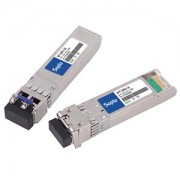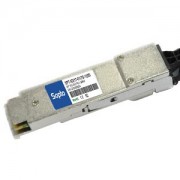-

- Sopto Home
-

- Special Topic
-

- Module Knowledge
-

- What is DDM/DOM for fiber optic transceiver?
Module Knowledge
- Tips for Buying 10G XFP Transceivers
- XFP Transceivers for Telecommunications
- Three Types of Ethernet SFP Transceiver Modules Introduction
- Info about High Density CXP Optical Module
- Multipurpose CFP Optical Modules
- Info about CFP Management Interface
- SFP+ Transceivers Short Range Module Overview
- 3 Reasons Every Network Needs GLC-LH-SM Transceiver
- Is the GLC-SX-MM Transceiver Right for Your Switch?
SOPTO Special Topic
Certificate



Guarantee
Except products belongs to Bargain Shop section, all products are warranted by SOPTO only to purchasers for resale or for use in business or original equipment manufacturer, against defects in workmanship or materials under normal use (consumables, normal tear and wear excluded) for one year after date of purchase from SOPTO, unless otherwise stated...
Return Policies
Defective products will be accepted for exchange, at our discretion, within 14 days from receipt. Buyer might be requested to return the defective products to SOPTO for verification or authorized service location, as SOPTO designated, shipping costs prepaid. .....
Applications
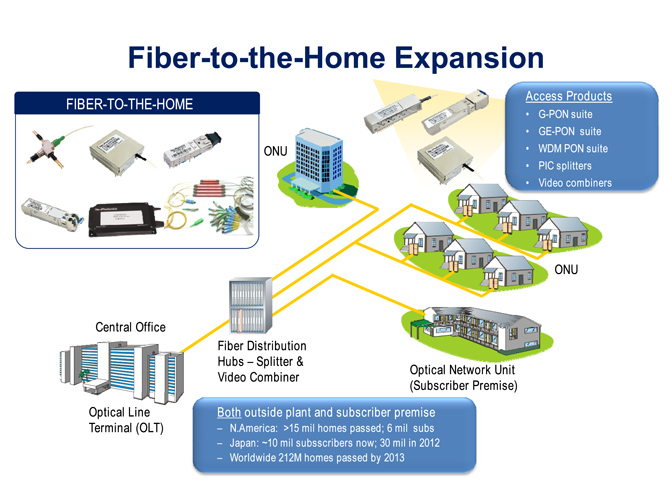 Fiber Optic Transceiver Modules can be applied to these occasions or fields.
Fiber Optic Transceiver Modules can be applied to these occasions or fields.
Ethernet
IPTV
FTTX
Security
Video Monitor
SDH/SONET
Data Communication
Storage Area Networks
SOPTO Products
- Fiber Optic Transceiver Module
- High Speed Cable
- Fiber Optical Cable
- Fiber Optical Patch Cords
- Splitter CWDM DWDM
- PON Solution
- FTTH Box ODF Closure
- PCI-E Network Card
- Network Cables
- Fiber Optical Adapter
- Fiber Optical Attenuator
- Fiber Media Converter
- PDH Multiplexers
- Protocol Converter
- Digital Video Multiplexer
- Fiber Optical Tools
- Compatible
Performance Feature
Stable
Low cost
Small size
Economic
Dust-proof
High speed
Hot-pluggable
Good EMI, EMC
Wide appliaction field
DDM function available
Long transmission distance
Good Anti-static performance
Module Knowledge
Recommended
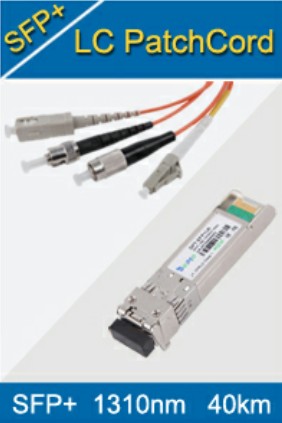
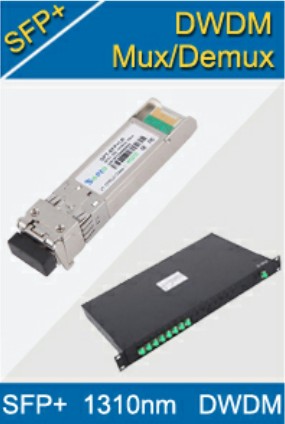
What is DDM/DOM for Fiber Optic Transceiver?
Usually when we buy SFP transceivers, we will have options with its DDM functions, so what is DDM? Obviously a SFP with DDM is high-ender than one which without DDM functions. What the DDM use for?
What’s DDM/DDM?
DDM is Digital-diagnostic-monitoring (this feature is also known as digital optical monitoring (DOM)) which provides a user with critical information concerning the status of the transmitted and received signals. This approach allows for better fault isolation and error detection.
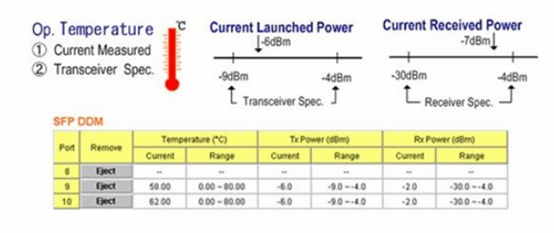
Digital diagnostics monitor the SFP module’s temperature, receiver power, transmitter bias current, and transmitter power. Usually, the output of the physical value of each parameter is an analog voltage or current from the Trans impedance amplifier, the laser driver, or the post amplifier. Engineers use ADCs to digitize those physical values. With the digitized value, a microcontroller can then either process data as part of a control loop, trigger an alarm, or just record the data into a register.
The features of Digital Diagnostic Monitoring:
1. Monitoring module operating temperature
2. Monitoring module operating voltage
3. Monitoring module operating current
4. Display module factory version.
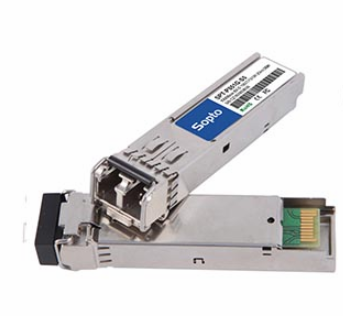
Through real-time monitoring the module internal operating voltage and temperature, allowing the system administrators to find out some potential problems :
1) If Vcc voltage is too high, it will breakdown CMOS device; If Vcc voltage is too low, the laser does not work.
2) If received power is too high, it will damage the receiver module
3) If Working temperature is too high, it will accelerate the aging of the device.
What’s more, it can monitor the circuit and the performance of the remote transmitters by monitoring the received optical power meter.
Digital diagnostics monitor the SFP module’s temperature, receiver power, transmitter bias current, and transmitter power. Usually, the output of the physical value of each parameter is an analog voltage or current from the Trans impedance amplifier, the laser driver, or the post amplifier. Engineers use ADCs to digitize those physical values. With the digitized value, a microcontroller can then either process data as part of a control loop, trigger an alarm, or just record the data into a register.
Related Knowledge:
Guess Prodcucts You May Like:
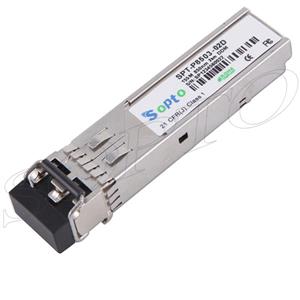 | 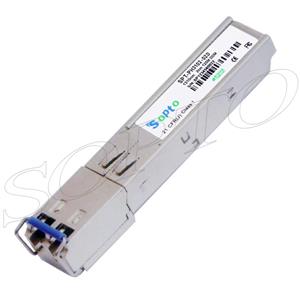 | 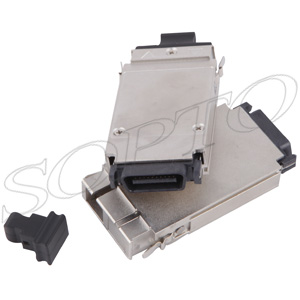 | 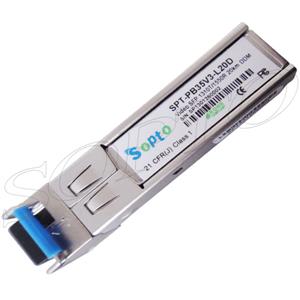 |
| 155M 850nm 2km SFP Fiber Optic Transceiver Module |




